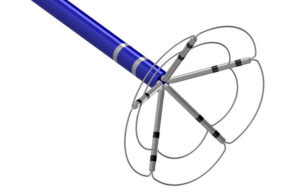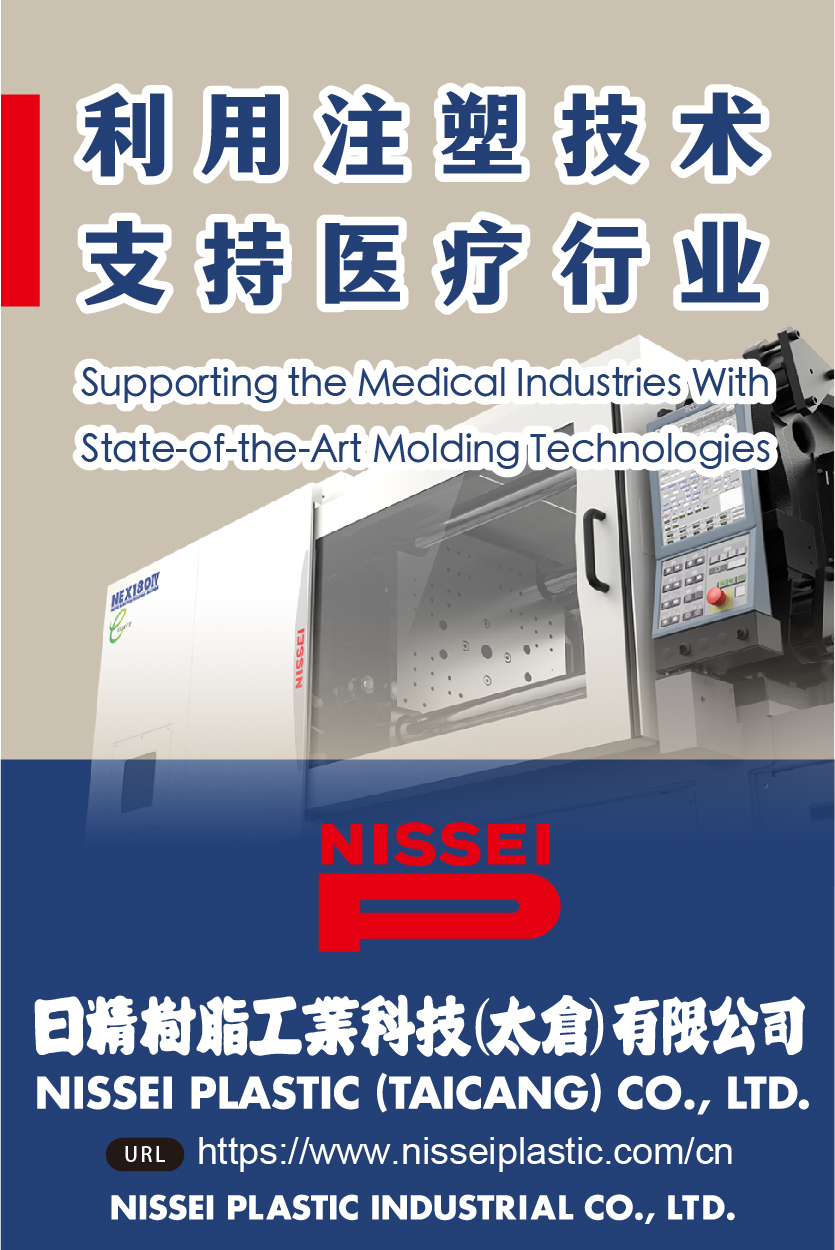Is nanosecond pulsed field ablation the next big step for PFA?
Pulsed field ablation (PFA) is one of the hottest areas of medtech, and nanosecond pulsed field ablation (nsPFA) is an approach with potential to advance this nonthermal, minimally invasive therapy for atrial fibrillation (AFib) and beyond.

The Pulse Biosciences CellFX nsPFA 360° catheter uses nitinol to expand inside a patient for cardiac ablation to treat atrial fibrillation. [Image courtesy of Pulse Biosciences]
PFA catheters generate an energy field inside a patient’s pulmonary vein to block erratic heart signals by killing cardiomyocytes while sparing nearby nerves from damage.
While PFA energy is delivered in short pulses lasting in microseconds (a microsecond is one-millionth of a second), nsPFA uses pulses measured in nanoseconds (one-billionth of a second).
“PFA is unique, PFA is disruptive, and nsPFA looks like a shining star within that field,” said Pulse Biosciences Co-chair and CEO Paul LaViolette.
Pulse Biosciences is developing nsPFA technology not only for cardiac ablation to treat AFib, but also to ablate benign thyroid nodules.

Pulse Biosciences Co-chair and CEO Paul LaViolette [Photo courtesy of Pulse Biosciences]
Nanosecond PFA has “extraordinarily potent therapeutic potential. … It is a very unique energy form that manifests in very unique clinical deliverables,” said LaViolette, who is also chief operating officer and managing partner at SV Health Investors, a board member for medtech OEMs including Edwards Lifesciences, and a former Boston Scientific chief operating officer and president of its cardiology and endosurgery businesses.
In an interview with Medical Design & Outsourcing, LaViolette and Pulse Biosciences co-founder and Chief Technology Officer Darrin Uecker discussed their company’s technology and how it compares to PFA.
“In general, nanosecond pulsed field ablation is the utilization of pulses whose duration is less than a microsecond and greater than or equal to one nanosecond,” Uecker said. ” … About 30 years ago, an engineer and a biologist got together at Old Dominion University and began to use these much shorter duration pulses and typically much higher amplitude pulses to affect cells. This company was really founded on that foundational, unique pulse duration/pulse amplitude technology and its application in biology.”
Pulse Biosciences says nsPFA offers faster, deeper ablations with less potential for side effects like muscle stimulation, nerve capture and heat generation.
PFA is considered a nonthermal therapy because it kills cells by opening holes in their walls with the energy field in a process called electroporation, rather than heating the cells with radiofrequency ablation or freezing them with cryoablation. But PFA technology can cause heat and complications like strokes.

Pulse Biosciences co-founder and Chief Technology Officer Darrin Uecker [Photo courtesy of Pulse Biosciences]
“All of these pulsed field technologies are using electrical energy to impact tissue and fundamentally impact cells,” Uecker said. “That energy is converted into heat almost no matter what. So on the microsecond side — depending on the design of the catheter and the unique pulse waveforms that they use — you need to really look at what is the energy that’s being deposited into that tissue over what volume of tissue to get a sense for if there is going to be a thermal increase that could pose a risk in terms of thermal damage.”
“With nanosecond pulsing, the pulse duration itself is typically an order of magnitude shorter in duration than what you see on the microsecond side,” he later continued. “And that’s an order of magnitude less energy, fundamentally, that’s being deposited. Now you also have to take into account the amplitude of the pulse. And importantly, you have to really take into account the design of the catheter and how it matches up with the use of those pulse technologies. We think that fundamentally, the nanosecond pulsation is one of the benefits, is this ability to have a very low power system.”
Source:MDO









